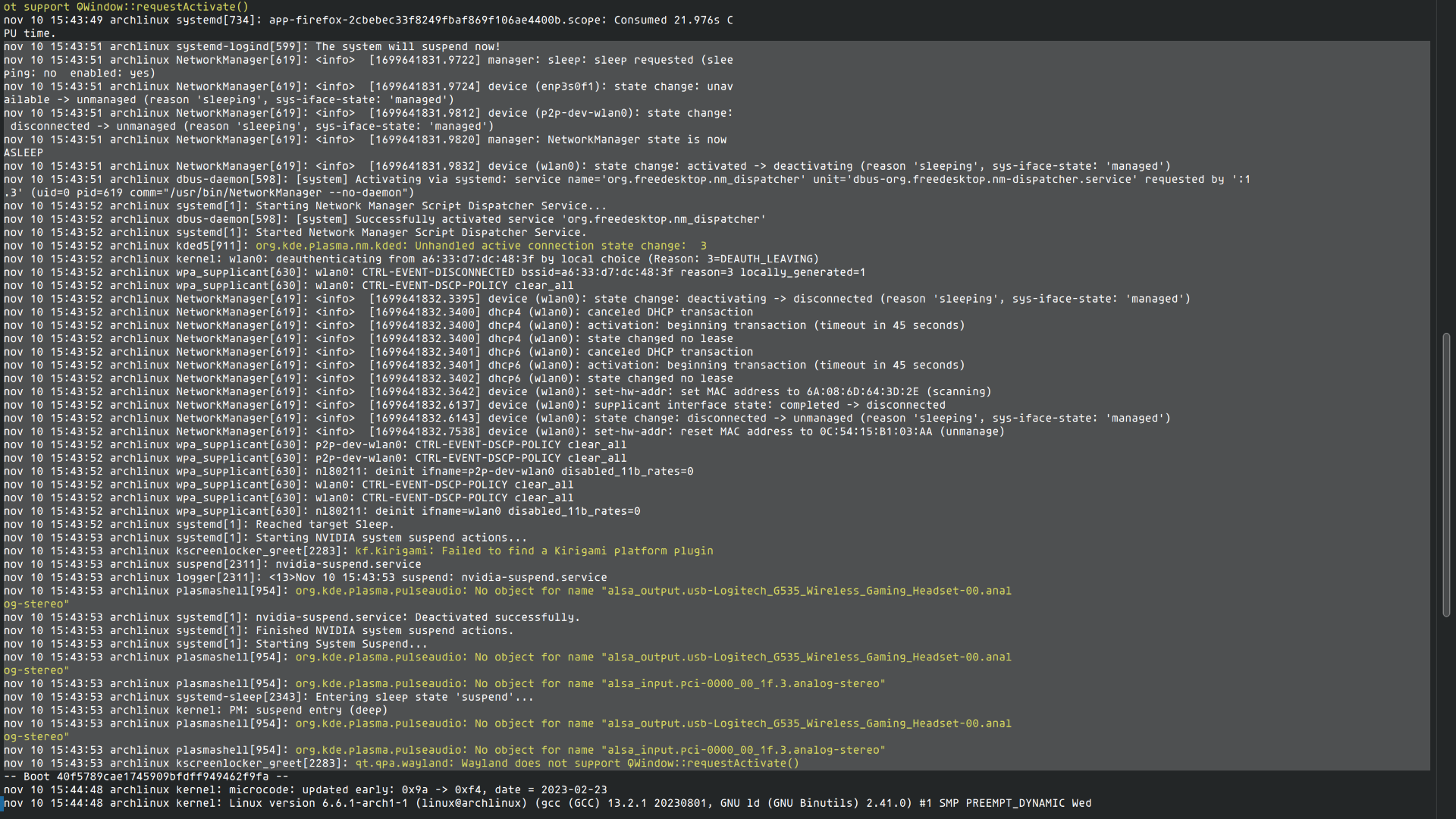Hey y'all! First time trying to self-host something, I started with a local Nextcloud instance for me and my family to use. I just wanted to make sure that no outsiders can enter the instance (access it or its files) through a browser on another connection.
I don't have a DNS server so we access it through its IP address. The connection is unencrypted (I don't know if this is a problem on a local instance, but from what I've read, I need a local DNS server to encrypt it, as well as to be able to set a domain (?) name (I don't really know if it's a domain name, but I'm referring to the website name, for instance google.com). I don't think leaving it as it is (unencrypted, no domain name, only accessible through IP) will be problematic. Could other people access the server remotely with this setting? By remotely, I mean from far away. I tried out Nextcloud's own Security Scan and it returns:
Scan failed! The scan for the specified domain failed. Either no Nextcloud or ownCloud can be found there or you tried to scan too many servers.
I'm guessing this is a good thing for what I'm trying to achieve?
for reference, the tutorial I've used is this one under Linux Mint

That's fair, but at least they could say something like "you can download our songs for as long as we allow it" and not "you can download your favourite songs and listen to them any time, anywhere" when that is only partially true, since, if someone has a playlist downloaded (still talking about personal experience) and they go offline for a long period of time, they can no longer play the songs and are required to get an internet connection only for spotify to audit and say "yeah you still have a valid subscription, you can still listen offline". It's not truly offline if I have to connect to the internet every once in a while.
Again, it's completely fair, but they could at least tell more than half-truths